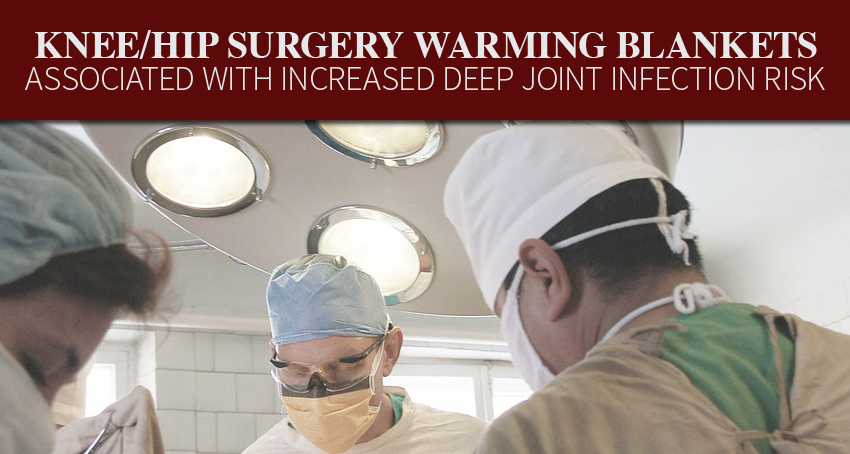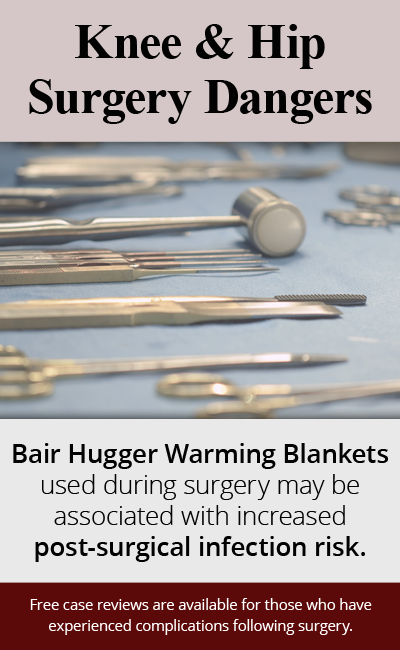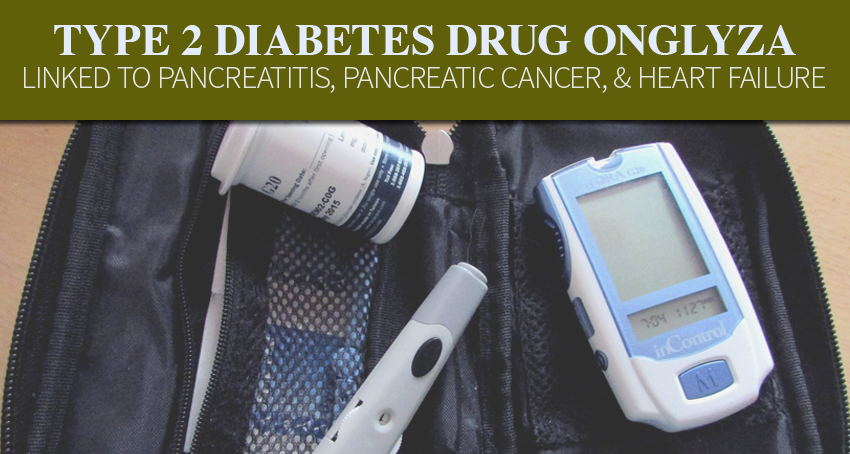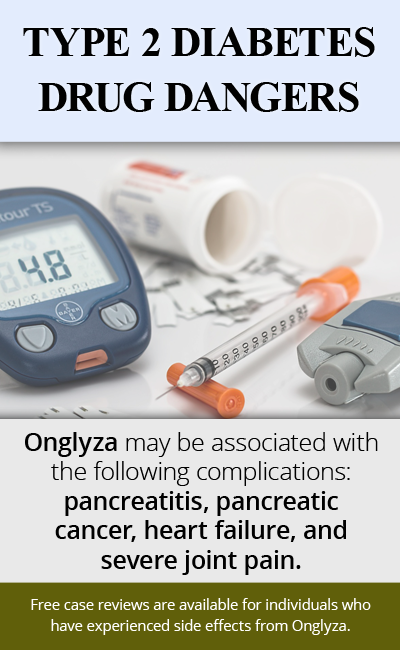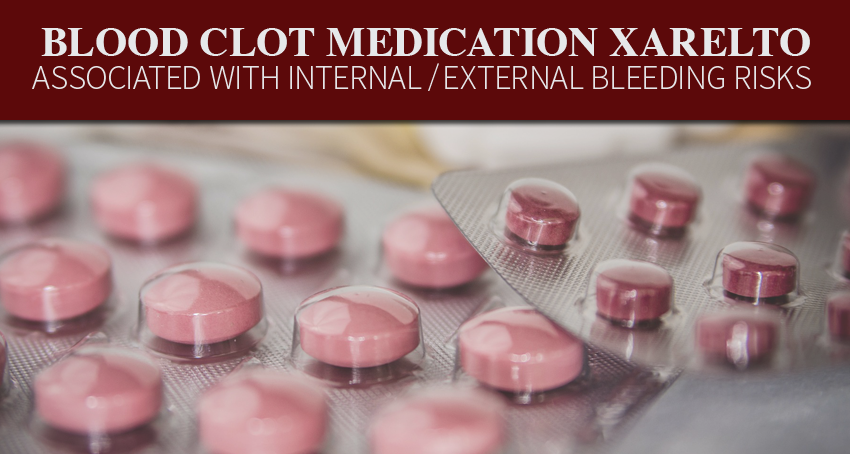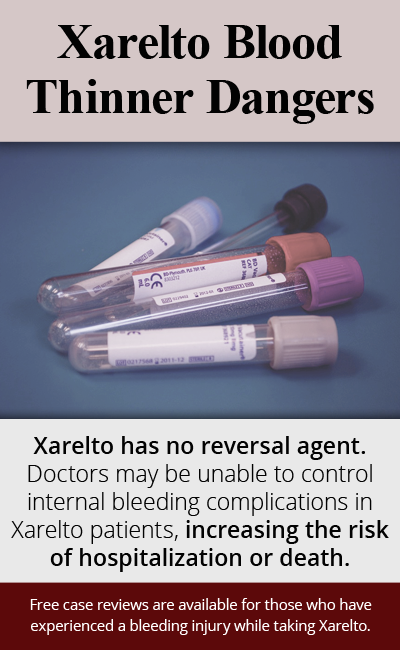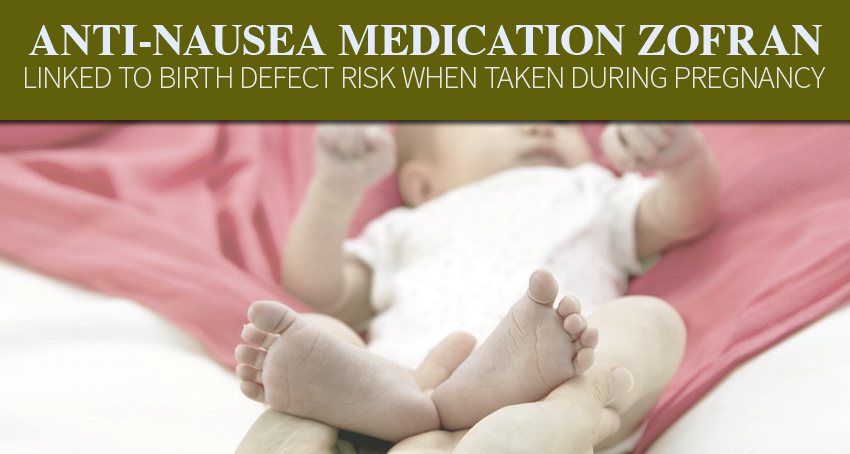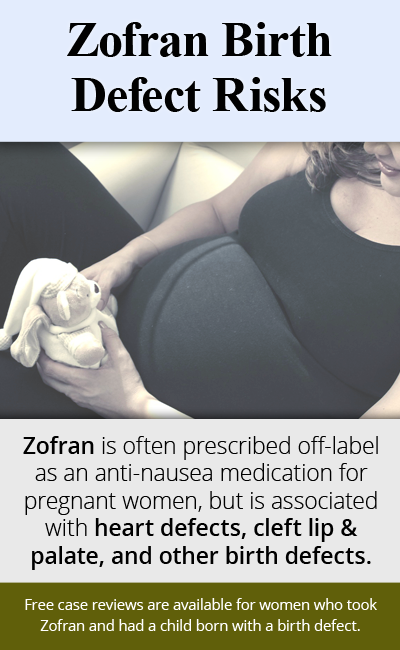How Does the Bair Hugger Blanket Work?
The Bair Hugger blanket is a forced-air temperature management device commonly used during knee and hip replacement surgeries to keep patients warm, and to reduce the risk of hypothermia and other surgical complications, like blood loss, infections and prolonged hospital stays. Originally developed by Dr. Scott D. Augustine and sold through his company, Augustine Biomedical and Design, the Bair Hugger warming blanket is now sold by 3M Company and its Arizant Healthcare subsidiary. Like other forced-air warming systems, the Bair Hugger blanket works by filtering air, then gently forcing warm air evenly throughout a disposable blanket that covers the patient before, during and after surgery.
Alleged Side Effects of Forced-Air Warming
Since it was first introduced in 1988, the Bair Hugger blanket has been used on more than 180 million patients, and is still used in more than 80% of hospitals in the United States. However, critics of the patient warming device, which now includes Dr. Augustine himself, say the Bair Hugger blanket shouldn’t be used on patients receiving artificial knee and hip replacement systems, because the medical device can cause the spread of bacteria linked to serious deep joint infections, Methicillin-resistant Staphylococcus aureus (MRSA), hospitalization, the need for implant revision surgery, sepsis, permanent disability, the need for amputation of the affected limb, and possibly even death.
Link Between Bair Hugger and Infection Injuries
Serious concerns have been raised recently about the safety of the Bair Hugger blanket, and even Dr. Augustine said in a New York Times article, “I am very proud of the old technology. But I am also proud to spread the word that there is a problem.” In one study published in The Bone and Joint Journal in 2011, researchers found that there was a significant increase in the risk of deep joint infections when forced-air warming was used in orthopedic procedures, compared to conductive fabric warming. Another study published in 2012 indicated that forced-air warming blankets like Bair Hugger created convection current activity near the sterile surgical site, which could cause a disruption in the ventilation airflows intended to dispose of airborne contaminants.
Additional studies published in recent years have highlighted the alleged risk of deep joint infections associated with Bair Hugger warming, including a 2013 study published in the journal Anesthesia & Analgesia, which found that “waste heat from the poorly insulated forced-air warming blanket increased the air temperature on the surgical side of the drape […].” The researchers found that this increase in temperature “created convection currents that rose against the downward unidirectional airflow, causing turbulence over the patient,” which could draw contaminants from below the operating table into the surgical site.
Contact the Monroe Law Group Bair Hugger Injury Legal Team Today
Patients who developed deep joint infections and other potentially life-threatening injuries following surgery where the Bair Hugger blanket was used are pursuing legal claims against 3M Company and Arizant Healthcare, alleging that the medical device makers knew about the risk of infection associated with forced-air warming, yet failed to warn patients and healthcare providers about this serious risk. If you believe you have been adversely affected by side effects of the Bair Hugger blanket, consult the legal team at Monroe Law Group today to discuss your legal options. You may be entitled to compensation for your injuries and medical bills, which you can pursue by filing a Bair Hugger injury lawsuit against 3M and Arizant.
Alert: Due to statute of limitations, the time you have to pursue a Bair Hugger claim is limited. Call us right away at 866-308-1092, email us at intake@monroelawgroup.com, or complete the form on this page now.

